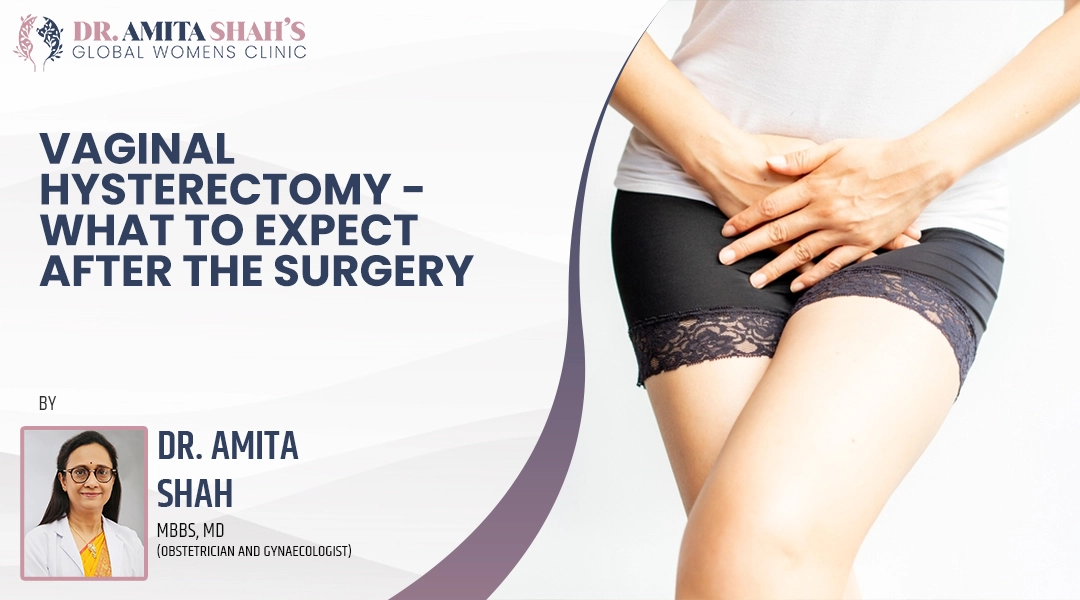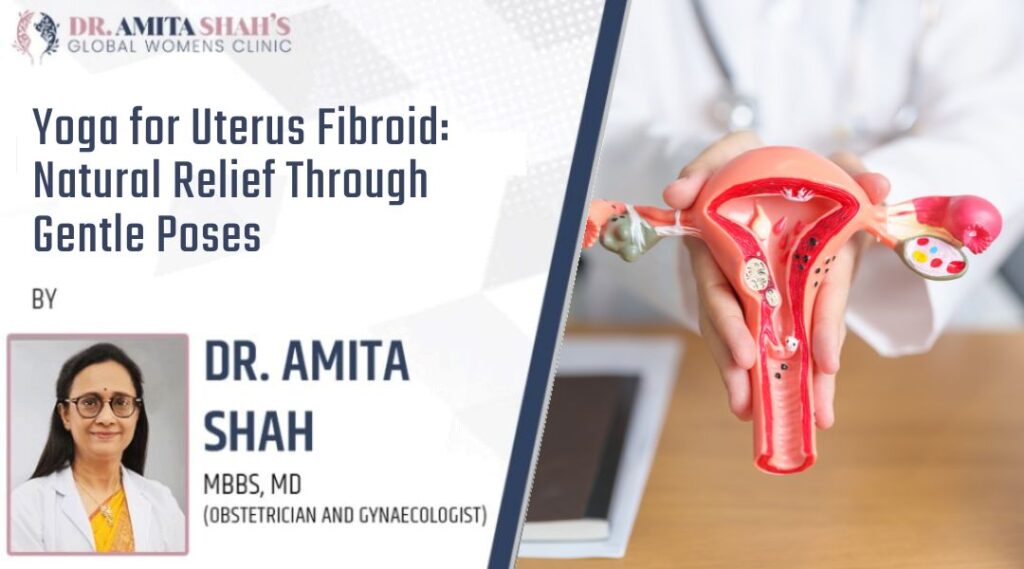Incision Size and Surgical Access
Laparoscopic Fibroid Surgery
Laparoscopic Fibroid Surgery involves making several small incisions through which surgical instruments and a camera are inserted. This type of fibroid surgery is less invasive and allows laparoscopic surgeons to remove fibroids with precision and minimal disruption to surrounding tissues.
Open Fibroid Surgery
In contrast, open surgery for fibroid removal requires a larger abdominal incision to access the fibroids.
Impact on Blood Loss and Hemoglobin Levels
Laparoscopic Fibroid Surgery
In the Laparoscopic Fibroid Surgery procedure, there is less blood loss compared to open surgery for fibroid removal.
Smaller cuts used in laparoscopic surgery mean that fewer blood vessels are affected, which significantly reduces the overall bleeding during the operation. As a result, patients experience a smaller decrease in Hemoglobin levels.
Open Fibroid Surgery
In open surgery for removing fibroids, which is more invasive, there can be significant blood loss due to the larger surgical area and the increased number of blood vessels that need to be cut or managed.
A large incision and more handling of tissues during open surgery can lead to heavy bleeding. This causes a significant drop in Hemoglobin levels, which may require blood transfusions to restore red blood cells and maintain proper oxygen levels in the body.
Recovery Time
Laparoscopic Fibroid Surgery
Laparoscopic fibroid surgery is known for its quicker recovery. Because the procedure uses small incisions and is less invasive, patients usually heal faster. Many patients feel back to their normal selves and can return to their every day activities by about 3-5 days after the surgery. The small cuts used in laparoscopic surgery cause less damage to the surrounding tissues, which speeds up the healing process
Open Fibroid Surgery
In contrast, open surgery for removing fibroids involves a larger cut to access the fibroids, which makes the recovery time longer. The larger incision and more invasive surgery mean a longer healing time. Patients usually take several weeks to return to daily activities and may need more time before resuming work or physical activities.
Surgery Duration
Laparoscopic Fibroid Surgery
Laparoscopic surgery for fibroid removal usually takes more time to perform. This is because the surgery involves using tiny instruments and a camera inserted through small incisions. The surgeon needs to be very precise and careful. Using small tools and working through tiny cuts makes laparoscopic surgery take longer than open methods
Open Fibroid Surgery
Open surgery, on the other hand, is generally quicker to perform. The procedure involves making a larger incision to directly access and remove the fibroids. Because the surgeon has a larger area to work with and doesn’t need to use as many small instruments, the operation tends to be faster. However, this faster surgery comes with a downside: the larger incision makes the procedure more invasive, leading to more blood loss and a longer recovery time.
Risk of Complications
Laparoscopic Fibroid Surgery
Laparoscopic fibroid surgery generally has fewer complications. The small incisions and minimally invasive nature of the procedure result in a lower risk of issues like infections and problems with wound healing. This helps make the recovery process smoother and less problematic for most patients.
Open Fibroid Surgery
Open surgery carries a higher risk of complications. The larger incision and more invasive approach increase the chances of developing infections and experiencing wound-related issues. As a result, the recovery process can be more complicated and may involve additional challenges.
Equipment and Expertise
Laparoscopic Fibroid Surgery
Laparoscopic myomectomy requires advanced surgical tools and specialized training for the surgeon. The procedure involves using small instruments and a camera, which necessitates precise techniques and high-tech equipment. Not all hospitals or surgical centres have the necessary equipment or expertise, which can limit the availability of this approach.
Open Fibroid Surgery
Open surgery for fibroid removal generally does not need specialized equipment. The procedure involves a larger incision and more traditional surgical methods, which means it can be performed with standard tools and less specialized skills. This makes open myomectomy more widely available but potentially less effective in reducing invasiveness compared to laparoscopic techniques.
































